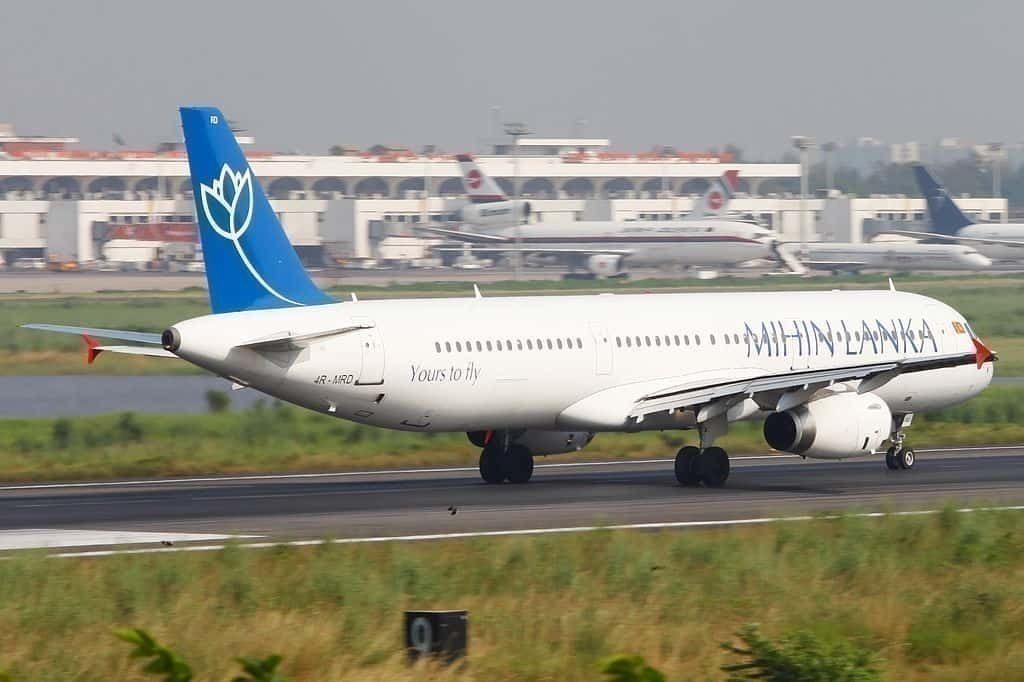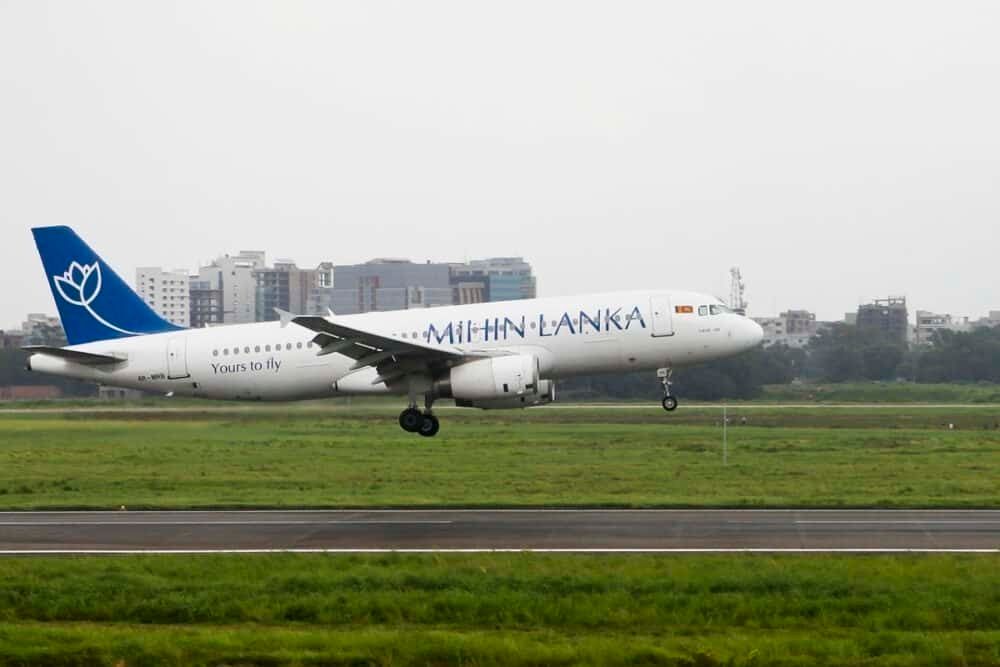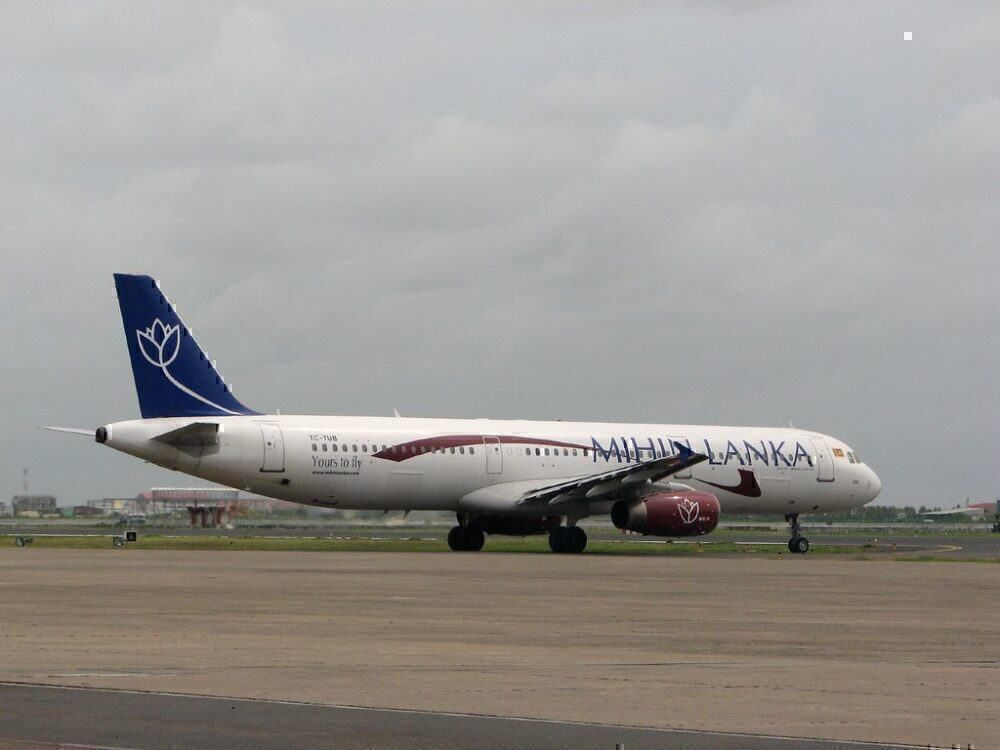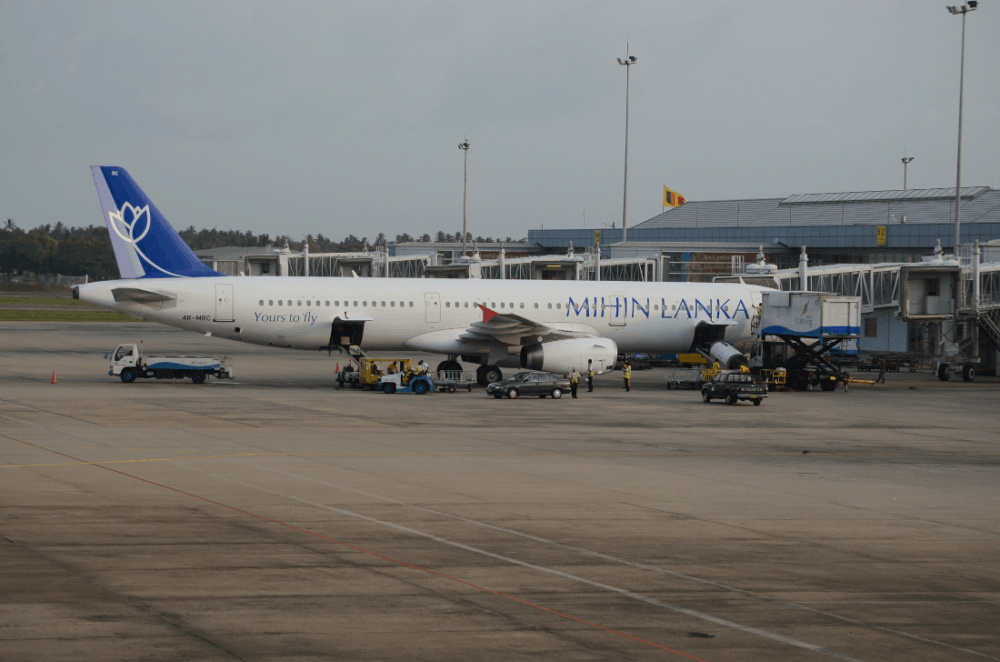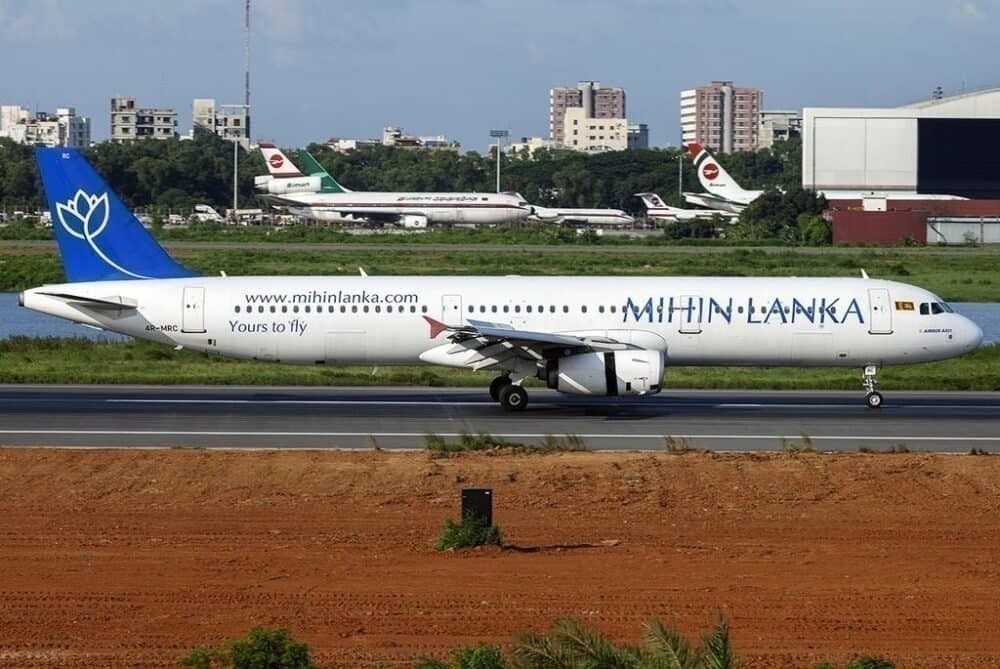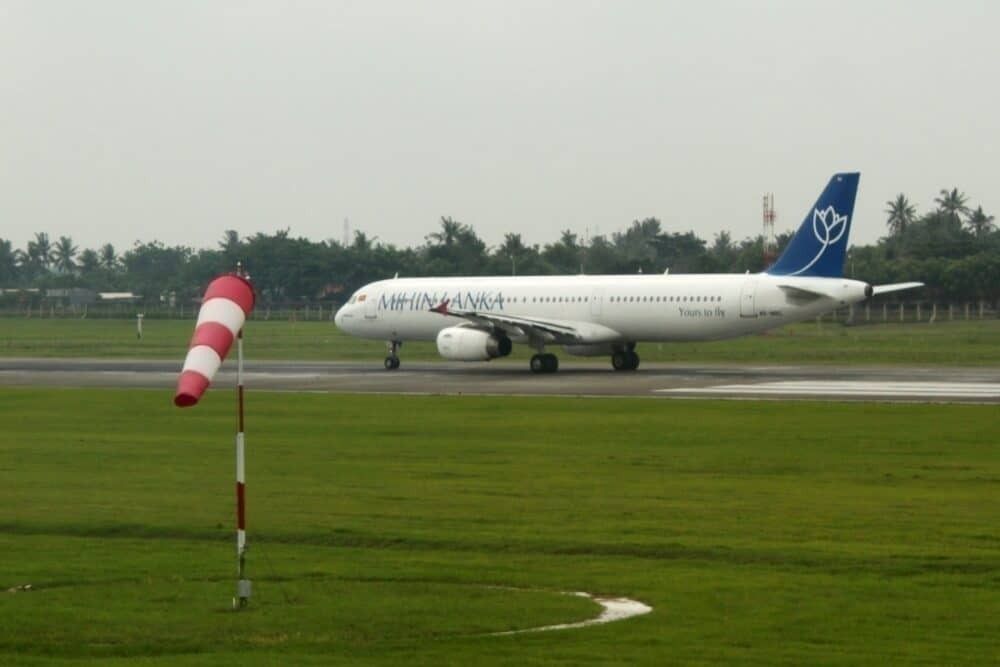The world is full of offbeat and unusual airlines. Most of them rise from obscurity and fall just as quietly. One of them is Sri Lanka's Mihan Lanka, which flew between 2007 and 2016. The government-owned low-cost carrier staggered from one crisis to another, fuelled by government bailouts, and run by people who probably shouldn't be running an airline. You may not have heard of Mihin Lanka, but it's an eyebrow-raising tale.
Sri Lanka's low-cost carrier flew for nine years
For nine years, Mihin Lanka's jets scooted around southeast Asia, South Asia, and across to the Gulf. At its height, the airline served 14 domestic and international destinations from its base at Colombo's Bandaranaike International Airport.
The low-cost carrier got off to an unconventional start in 2006. Of its three directors, one was a commander in the Sri Lankan Air Force, and another was the brother of the then Sri Lankan President. The Sunday Leader called the fledging airline "an extravagance and a political embarrassment."
Stay informed: Sign up for our daily aviation news digest.
The English-language Sri Lankan newspaper also said Mihin Lanka started up without either cabinet approval or Sri Lanka Civil Aviation Authority approval. Also, the country's aviation minister was in the dark and inexperienced trainee pilots were put on the payroll.
But at least the airline had an operator's license. The newspaper also reported Mihin Lanka's CEO, Sajin Vaas Gunewardena got the tick of approval to fly within days when the process usually took years.
A few initial issues over unpaid invoices
Initial funding appears to have come from two primary sources. The Sri Lankan Treasury tipped in around US$2.7 million. Sajin Vaas Gunewardena's Dad, who happened to own the local Lankaputhra Development Bank, came good with another $1.6 million. The bank's contribution was in the form of redeemable preference shares with an annual interest rate of 15% - a nice little earner.
Mihin Lanka first took to the air in April 2007. There was enough money for the airline to lease its first plane. TC-TUB, an A321-100 owned by Turkey's Best Air, joined Mihin Air in March 2007. Initially, the aircraft flew to India. Three months later, an A320-200 (LZ-BHB), joined the start-up airline.
There are reports Mihin Air had spent approximately $8.3 million by the time it first took to the air. Within months, there were issues with unpaid invoices. It owed its fuel supplier, Ceylon Petroleum Corporation, over $2 million. National carrier SriLankan Airlines withdrew ground handling services over unpaid debts.
Just three months after it arrived, Bulgaria's BH-Air, who wet-leased the A320 to Mihin Lanka, instructed its pilots not to fly the aircraft over unpaid debts. The plane left Mihin Lanka shortly after that. Then, in early 2008, Best Air wanted its Airbus back because lease payments were not made.
Mihin Lanka is down but not out
Without any planes, Mihin Lanka had to suspend its operations just a year after it began. But this was not a big deal when the airline's directors have such impeccable connections. Within months, the airline had secured another leased A320-200. It begs the question about the amount of due diligence these aircraft leasing companies do and whether they talk to each other.
By early 2009, Mihin Lanka was back in the air with its freshly leased A320-200. The actual plane wasn't too fresh, though. It was nearly 20 years old, previously having flown for Royal Jordanian and LTE International. According to another report by The Sunday Leader, no fans of Mihin Lanka or its directors, Mihan Lanka was "so desperate for an aircraft that they would accept anything that came their way."
This time, brute force and political muscle seem to have kept the airline in the air. Over the following 18 months, two more aircraft got added to the fleet. In November 2009, 4R-MRB, another A320-200 joined the fleet. The next year, Mihin Lanka leased an A321-200, registered as 4R-MRC.
Mihin Lanka adds more aircraft and new destinations
Over the following couple of years, Mihin Lanka added more aircraft and expanded its range of destinations. The airline ended up flying to the UAE, Bangkok, Singapore, Kuwait, Oman, Pakistan, and many points in between.
In 2012, Mihin Lanka even won the Bangladesh Monitor's best budget airline of the year award. According to the report, there was a perfectly pleasant function at the Westin in Dhaka. There a neutral board of professionals "persued the data" before handing out the gongs. It seems The Sunday Leader did not get invited.
Despite the earlier concerns of The Sunday Leader about safety and pilot inexperience, there were no major safety incidents at Mihin Lanka. In 2008, there was a mayday call made after an oil leak developed in one engine, and it stopped working. There is an unconfirmed report the aircraft took off missing an essential component in that engine.
Several years later, a flight made an emergency landing after a suspected fire in the cargo hold. This was later attributed to a technical fault rather than any fire. Finally, towards the end of the Mihin Lanka era, another plane made an emergency landing after the navigation system failed.
These incidents may not be ideal, but Mihin Lanka flew for nine years without any fatalities or serious injuries.
Sri Lankan Government tipped $70 million into Mihan Lanka
However, by 2016, Sri Lanka's low-cost carrier was dead in the water. Since its reboot in 2008, Mihin Lanka had been kept in the air by a series of government loans and bailouts. But the airline was crippled by mismanagement, waste, and corruption. In the first couple of years of operation, the Sri Lankan Government tipped over $16 million into the airline. However, in the same period, Mihin Lanka lost nearly $32 million.
In the final years of operation, the government bailouts and loans kept coming, and Mihin Lanka kept on losing money. By the time the airline was subsumed into SriLankan Airlines in 2016, an estimated $70 million had been funneled into Mihin Air. That's an awful lot of money in a developing country trying to rebuild after a devastating civil war.
The Mihin Lanka story is one of cronyism, incompetence, and waste. The failure of Mihin Lanka went mostly unremarked, except by The Sunday Leader, who were onto it since the early days. They summed the story of Mihin Lanka up nicely, saying;
"The case of Mihin Lanka is today identified as yet another example of the government's severe lack of discipline where public funds are concerned. It is this very same lack of financial discipline that has pushed the country's economy into an abyss."

